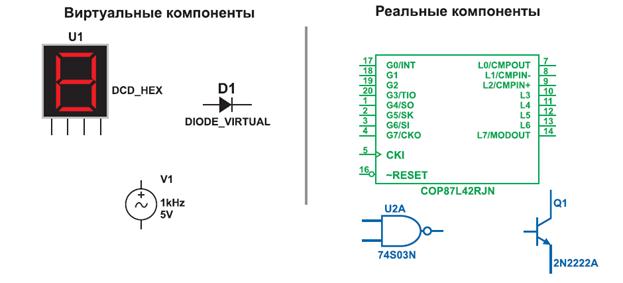The languages of the British Isles. Historical background and their language history.
This brief outline of English cultural history is intended to serve as a background for linguistic studies. A language develops together with the community who speaks it and its changes are thus caused by alteration in human society. The English language has a long and eventful history. Its development began in the 5th century AD, when groups of West Germanic tribes settled in the British Isles. During the sixteen hundred years of its history the English language has been undergoing constant change and it is still changing. It may surprise you to know that until a few centuries ago there were many natives of what we call the British Isles who did not speak English. The Western land of Wales spoke Welsh, in the farthest north and the islands of Scotland the language was Gaelic and a similar language Irish Gaelic was spoken in Ireland, Manx was the language of the Isle of Man, and Cornish that of the south-western top of Britain. We are not talking about dialects (localized versions of a language) which often contain alternative words or phrases for certain things, but which are forms of English. Welsh, Gaelic, manx and Cornish are complete languages with their own grammar, poetry and stories – all that we call culture. We may speak of English as having its beginning with the conquest and settlement of a large part of the island of Britain by the Germanic tribes from the European continent in the mid-fifth century. Of course, these people did not, upon their arrival in England, suddenly began to speak a new language. The history of English goes back much further. English is one of a family of languages called Indo-European. The languages of this family, which includes most of the modern European languages as well as such important languages of antiquity as Latin, Greek and Sanskrit, all resemble each other in a number of ways, particularly in vocabulary. One needs no training in the fine points of philology to see that the similarities between forms like the English «father», German «pater», Latin «pater», Greek «pater» and Sanskrit «Pirt», all of which have the same meaning, are not likely to be the result of an accident. Within the Indo-European family of languages there are several subfamilies, consisting of languages especially closely related. English belongs to the Germanic branch of Indo-European and is a close relative of such languages as German, Dutch, the Scandinavian languages and the now extinct Gothic.
|




